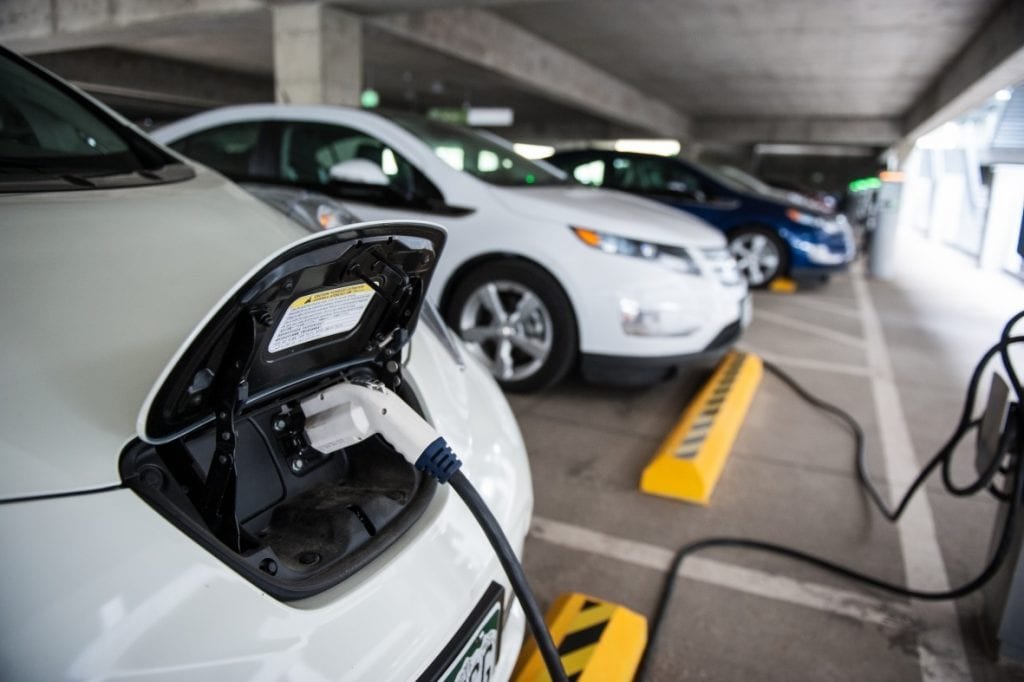Top 6 key trends of Electric Vehicles by 2020

Electric Vehicles are becoming popular or better to say a norm, it wouldn’t take much longer when there will be all-electric vehicles around us.
The total number of electric vehicles will increase by more than 300% to 13 million by the end of 2020. Last year, in 2017 total number of electric vehicles globally stood at 3.7 million.
Tesla and Nissan Leaf will become the most common electric cars cruising on the roads in the next two years, according to the International Energy Agency (IEA). According to the report by IEA, electric vehicles sales may soar 24% on average with every passing year through to 2030.
The findings of the report indicate how fast the world’s transportation system is shifting towards cleaner fuels, the governments are focused on reducing the carbon impact and bring sustainable environmental changes by curbing pollution and greenhouse gases. Nissan Motors Co. and Tesla Inc. have some best EVs on the roads currently, but other automakers like Volkswagen AG, Audi AG, and General Motors Co. are also following the suit and have announced many battery-powered versions of their cars.
The policy developments by the governments paving the way of the electric car market and mobilizing the investments in battery production too, cost reduction in battery production must be assured and production at scales is inevitable to achieve this, said Pierpaolo Cazzola, Senior Energy, and Transport Analyst at IEA.
- China to remain the largest Electric Vehicles EVs market
The data indicate that more than a quarter of electric vehicles will be sold in Asian countries by 2030, according to the figures, more than half of the global electric car sales in 2017 were in China alone followed by the United States.
The Chinese government is giving heavy incentives to local electric automakers in order to follow its environmental policy to cut the air pollution in smog-choked cities. The Chinese government in Beijing introduced minimum requirements for automakers to produce EVs through credit trading system. The government also offered 10 percent tax rebate for consumers till 2020.
- Electric Vehicles will supplant loads of oil from the market
As Electric Vehicles run on batteries and get charged through power banks, they do not use gasoline, petrol or diesel as fuel. The electric vehicles would supplant the oil from the market. IEA estimates that 130 million light-duty EVs are expected to hit the roads globally by 2030.
IEA says 2.57 million barrels of oil would be left over; it’s about Germany uses in one day. The current global fleet of Evs has supplanted 380,000 barrels per day demand from the market, it is almost half of Belgium’s consumption per day.
- Governments will lose the tax revenues
Since the oil production, exploration, import, export, sales all create opportunities for the government to impose taxes and generate revenues from the oil trade. The electric vehicle development and growth would affect the government’s revenue from taxes on petroleum products. The government will have to look for other options for generating more revenue.
- 10 more huge battery gigafactories would be required
Demand for batteries will be largely driven by the light-duty EVs including Cars and Vans. The demand is expected to rise by 15% by 2030; Chinese market would create almost half of the demand followed by the Europe, India and United States.
The growing demand indicates there would be a need for giant Giga factories like the one Tesla’s Elon Musk is building in Nevada. The factory will produce 35 gigawatt-hours of batteries over 4.9 million square feet of operating area.
- Buses will go electric as well
By 2030, you will not see less than 1.5 million electric buses up running, up from 370,000 electric buses in 2017. More than 100,000 electric city buses were sold in 2017 and 99 percent of the sales happened in China according to IEA.
Chinese city Shenzhen is leading the drive for “all-electric bus fleet”, apart from that few cities in Europe including Oslo, Gothenburg and Trondheim also use electric buses.
- A surge in demand for Lithium and Cobalt
There is a possible surge in demand for elements like Lithium and Cobalt, these are the key ingredients in making rechargeable batteries which power all the electronics around you from the mobile phones to laptops.
According to the report, the demand could possibly surge tenfold, however, it could also be reduced with technological changes and advancements, as well as the ethical issues involving child labor because 60 percent of the cobalt is mined in Republic of Congo where child labor still exists. However, there are slim chances of lower demand in the near future.
Bottomline
The all-electric vehicle is the future of automotive market which is inevitable, large urban cities in China, US, Japan, Germany, UK, Australia, India, Pakistan, Russia, UAE and others will be transformed into EVs sooner or later. However, more technological advancements might come along in battery department as scientists are mulling to seek alternatives to Lithium Ion batteries.
Digital marketing enthusiast and industry professional in Digital technologies, Technology News, Mobile phones, software, gadgets with vast experience in the tech industry, I have a keen interest in technology, News breaking.










